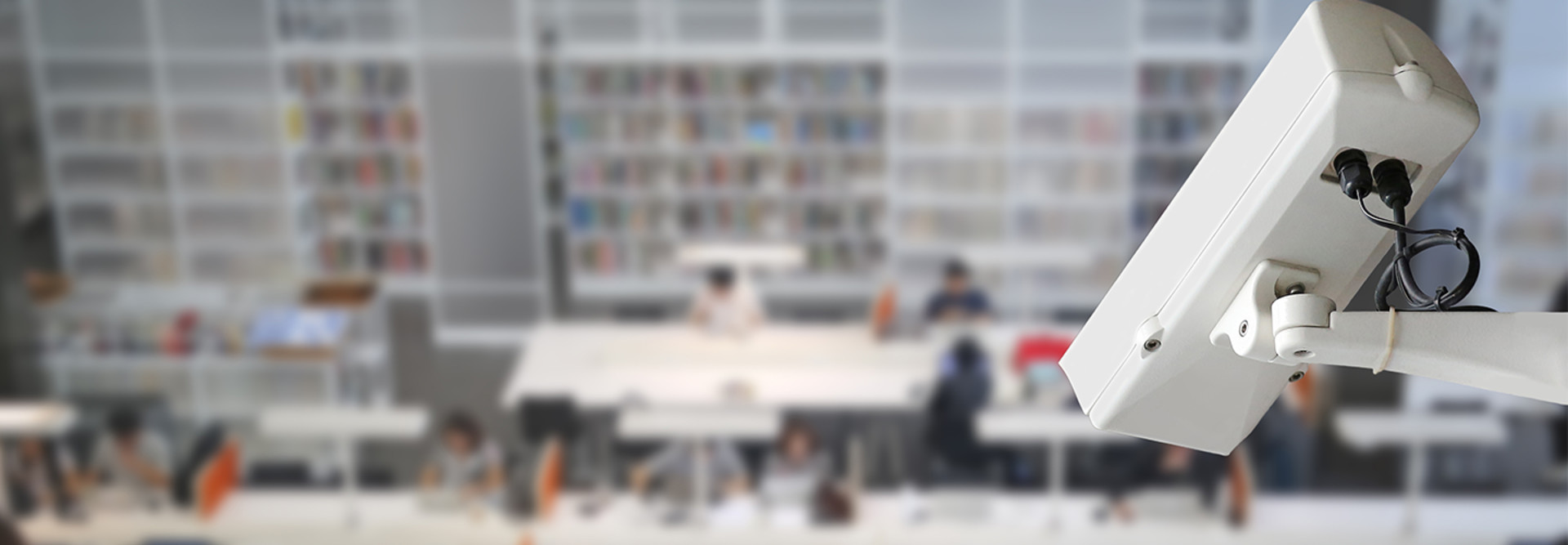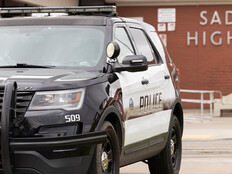The class of 2019 is likely to be leaving school districts that are considerably more alert to students’ physical safety than they were when the grads started kindergarten, and IT is providing important defenses.
With horrific school incidents too often in the news and an increased focus on issues such as bullying, districts are installing IP cameras and web-based alert and reporting systems, and they’re exploring the use of facial recognition and artificial intelligence to boost physical security.
The National Center for Education Statistics reports, for example, that more than 80 percent of public schools had deployed surveillance cameras in 2016, almost doubling their use from a decade earlier.

IP Cameras and Integrated Software Support Vigilance
Maintaining physical security in Nye County School District, with 18 schools spread across more than 18,000 square miles of western Nevada, would be tough without IP camera systems, says Director of Technology Robert Williams.
NCSD deploys a Panasonic Video Insight system for security in all of its schools. In newer buildings, the district is also installing classroom cameras that run Audio Enhancement’s VIEWpath software, with an integrated emergency alert system that connects to the district office.
“We have cameras in self-contained classrooms with students who need both an education and medical care,” says Williams.
Of note, he says, the classroom camera system also delivers pedagogic value. Teachers can ask to have the system record their lessons so they can later analyze and tweak their work.
The state of Nevada has also put in place SafeVoice, an anonymous reporting system for districts that works through a phone app, a website and phone calls. Individuals can use the system to report a student who may be contemplating self-harm, violence against others or any other troubling behavior.
“The purpose of this service was to report and handle bullying, but it has prevented many other types of issues,” Williams says.
South Colonie Central Sees Growth in Surveillance Systems
South Colonie Central School District in New York recently replaced 60 analog cameras in its eight schools with 300 HD IP-enabled cameras running an S2 video recording system, says David Perry, assistant superintendent for human resources, IT and school safety.
The S2 system automatically records any movement within school buildings and preserves the video for 30 days.
“We’ve grown exponentially in the area of surveillance,” says Perry. “The system is obviously used for security screening, but we’ve also used it to work with our first responders in their training.
Communications officers at police headquarters can tap into our system and walk the officers through a crisis situation with what they’re seeing in real time on the cameras.” Visitors to SCCSD must have their driver’s licenses scanned, and that data is compared with the national sex offender watch list and other relevant law
enforcement alerts before the district issues a time-limited pass, says Perry. Data on individual visitors is saved on the network, making it possible to track their movements in the district over time.
Perry and his staff are exploring automated lockdown and alert systems, and they’ll continue to look for other technologies that will harden security, he says.
“We want all the tools we can get that will keep our students and staff safe,” says Perry.
MORE FROM EDTECH: Check out how biometrics may yield cybersecurity benefits in K–12 schools.
Multipronged Approach Keeps K–12 Districts Alert in Zionsville
In Indiana, Zionsville Community Schools deploys IP-enabled cameras and a video security system to cover the interior and exterior of its eight school buildings, says CTO Daniel Layton. The security system provides alert notifications to reduce response time to incidents and detects unusual movements of people or vehicles.
Beyond the camera system and a card-controlled entry system, the district takes a “multipronged approach” to students’ physical safety that includes monitoring some of their cyber activities, Layton says.
The district uses Lightspeed Systems web content filtering software as a crucial part of protecting students. The software also provides a reporting feature so that members of the school community can note any troubling situation or behavior.
“We have technology in place to alert us to crises and communicate with the students, staff and outside agencies, but we try not to think just in the context of active shooters — there are so many other factors that have an impact on well-being,” he says. “We have internet filters in place so an alert pops up if it detects a suspicious search. We want to know if a student is thinking about self-harm or harming others so we can give the appropriate support or intervention they need.”









